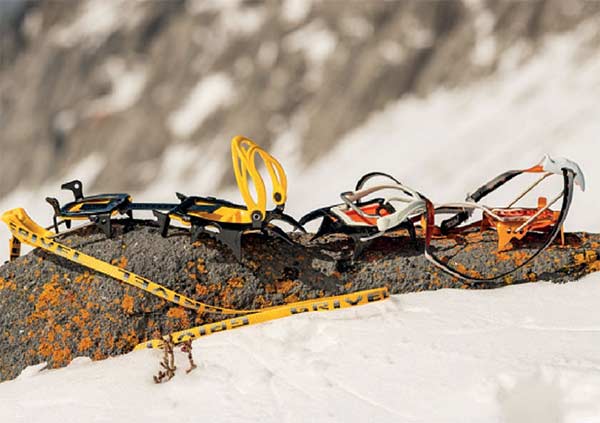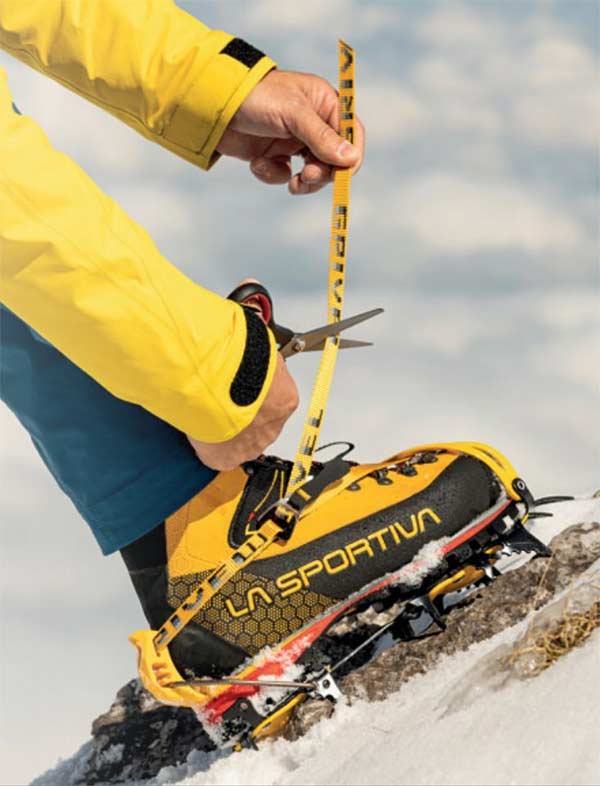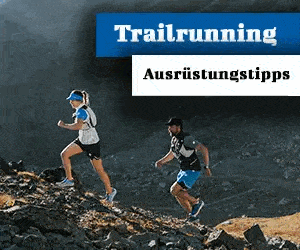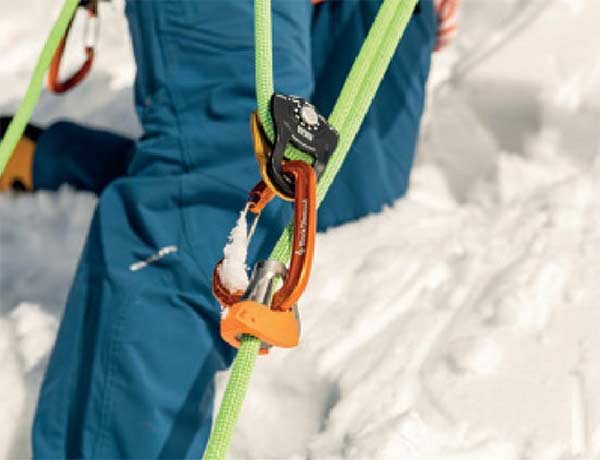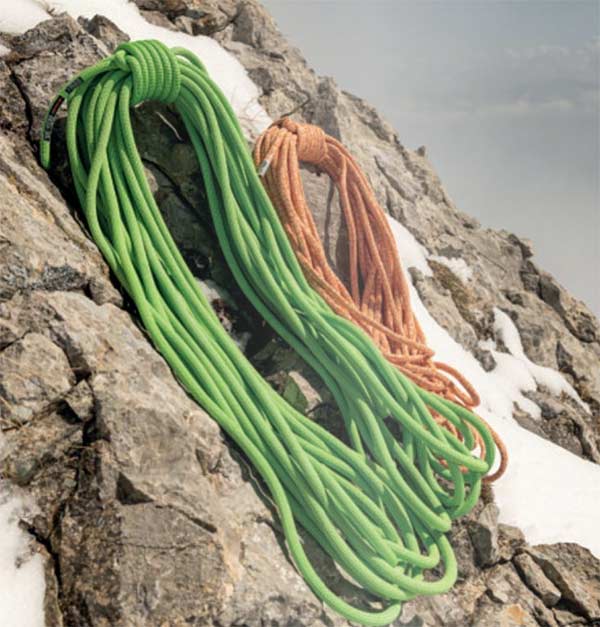After a first high-altitude tour course you have learned the essential basics about rope team technique, crevasse rescue and material science. Now you are ready for your first 4000. In the multiplication table, we reveal which tips and tricks you can use to get started in the high-alpine world.
A contribution by Rabea Zühlke - presented by Bächli Bergsport
Crampons: stainless steel or aluminium?
For classic full swing steel crampons are recommended (e.g Grivel Air Tech New Classic). Although these are heavier than aluminum models, they "bite" better in bare ice, are more robust and therefore also suitable for rock or mixed tours.
Light aluminum crampons (eg Petzl Leopard Flexlock) wear out quickly in rocky terrain, but score points on tours where neither rock contact nor bare ice are to be expected.
Also hybrid models (eg Petzl Irvis Hybrid), which are equipped with a steel front part and an aluminum rear part, are less suitable for classic high-altitude tours on rock and ice. The light crampons are particularly advantageous for ski mountaineering, where they are only used for a short time and a compromise between pack size, weight and robustness is required.
Adjust crampons correctly
Before the tour, not only the crampons have to be adjusted to the respective shoe size, but also the straps. If these are too long, there is a risk of getting tangled in them and tripping.
The multiple knotting of the straps is not an ideal solution here: on the one hand it eats up time, on the other hand the knots often come undone while walking. It makes more sense to shorten the straps before the tour: To do this, it is essential to mount the crampons on the largest shoes (usually ski touring boots) so that not too much is cut off at the end. Now tighten the straps and cut off with about ten to 13 centimeters overhang behind the flap.
When cutting, do not set the scissors straight, but at an angle. Finally, seal the end of the strap with a lighter. If you have cut the straps too short: don't panic, you can order replacement straps (e.g Petzl strap kit Lanières).
Rope clamps: Prusik, Tibloc and Micro Traxion
The simplest type of rope clamp is the Prusik sling. In the meantime, however, there are also technical devices that primarily simplify crevasse rescue. The 35 gram light Tibloc ascender replaces the classic Prusik knot and can be used as an ascender in various situations. In the event of a crevasse fall, the fallen person can use the Tibloc and the Micro traxion (a light deflection pulley with a reverse lock) relatively quickly and effortlessly carry out a self-rescue with ascenders.
In addition, the Micro Traxion has become standard when rescuing from crevasses using the so-called "loose pulley": To set up a pulley system, the deflection pulley is lowered for the person who has fallen, and when it is pulled out, it reduces friction and at the same time ensures a reverse lock. By the way: The Petzl Tibloc and the Micro Traxion are officially certified for use with the Rad Line. To what extent the rope clamps are suitable for other auxiliary ropes, Bächli will be happy to advise you on site in one of the branches.
Stow the pimple quickly
The ice ax in my hand gets in the way during short rocky passages. Mounting the ice ax on the backpack is usually not worthwhile. In turn, attaching it to the harness interferes with climbing and can be dangerous in the event of a fall.
Instead, many stow the pimple between their back and backpack for a short time. This keeps it within reach without being in the way. To stow away, use one hand to push the pick diagonally between the shoulder blade and backpack straps. The shaft is now between the backpack and the back, the pick and spike pointing away from the body. Watch out for light picks: Due to the lack of rubber on the handle, these models (e.g Blue Ice Hummingbird) slip out more easily during movement.
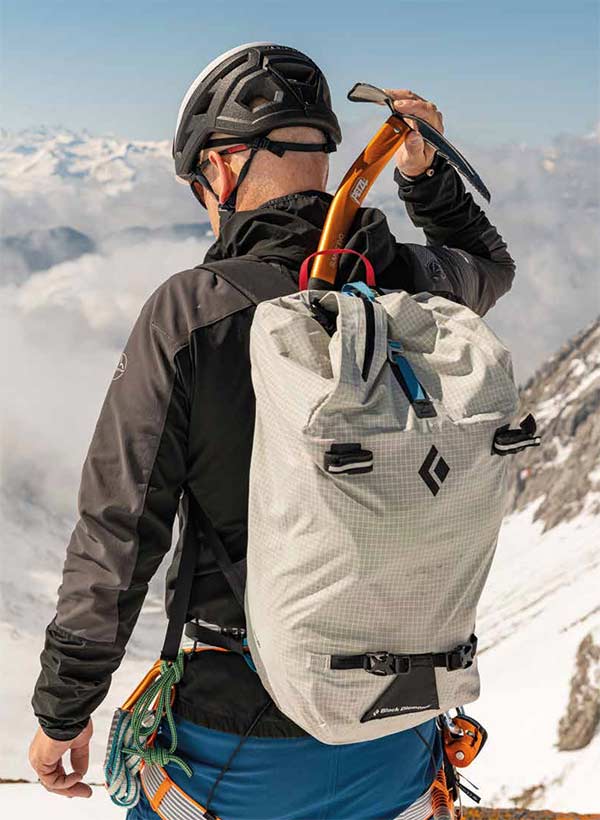
Auxiliary ropes: use and limits
Some manufacturers now have hyperstatic 30 to 60 meter cords for alpine ski tours and classic mountaineering in their range. The six millimeter thick and between 25 and 30 g/m light "auxiliary ropes" consist of a Dyneema core, which is covered with a polyester-nylon cover (Petzl bike line) or a polyamide-aramid fabric (Edelrid Rap Line Protect Pro Dry).
They score with their low weight and small pack size compared to dynamic mountain ropes. But unlike a climbing rope, they are not suitable for catching falls: the hyperstatic cord is used as a safety reserve or abseiling line, but also for roping up on the glacier and short glacier crossings, where the risk of falling is low. The auxiliary lines can withstand a fall in a crevasse, but due to the lack of rope dynamics, the forces increase exponentially from low fall heights.
If in doubt, a "normal" glacier rope is recommended for inexperienced people - even if they are a bit heavier.
Order on the harness: pick up the slings and cords correctly
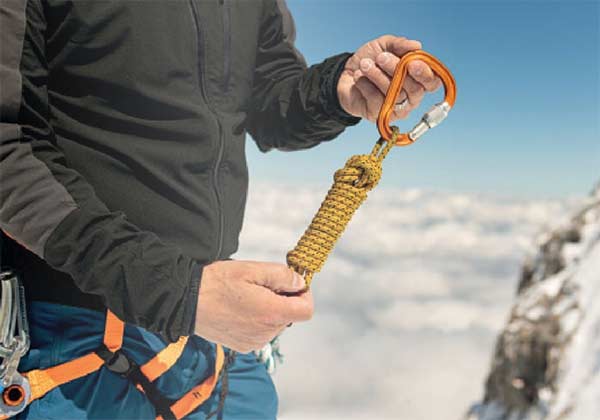
Many newcomers to mountaineering don't know how to store long cords and slings in a compact way. The material hangs loosely on the belt, sometimes even deep in the hollow of the knee. This not only looks ugly, but can quickly become dangerous if you get tangled in the material with your crampons and fall.
For this reason, the material should always be tied off when you are at full speed: With very long slings, hold the sewn section in your hand and wrap the sling around your hand once or twice, depending on the length. Then wrap the leftover piece across the tape from bottom to top, thread the end through the upper eye and attach the carabiner here.
This technique works the same way for accessory cords: "halve" the accessory cords, take the open end in your hand and, depending on the length, tie it up in a few loops. Finally, wrap the leftover piece around the cord from bottom to top and thread the end through the eye.
Roger Schäli Tips for high-altitude tours
“In general, people climb very little forward – mostly out of fear and lack of experience. But if you can't climb down the Matterhorn, for example, you'll need a lot of time. At the same time, many carry a backpack that is too heavy, so that you get tired and even slow down - which of course can be dangerous on the mountain. Beginners should therefore definitely train to climb down: This does not have to be on a high tour, but can also be practiced with trail running or on a mountain tour. »
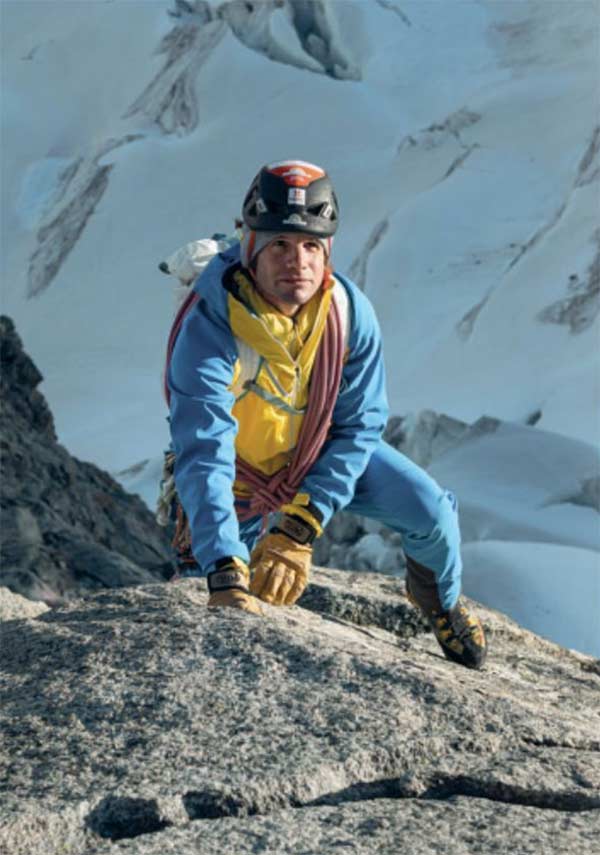
«The camel tactic works well: I drink a lot in the evening and early in the morning. Then I often only need half a liter during the day and I'm on the go with a light backpack.»
Roger Schäli
«In intersections you can also create some friction with your backpack, then support yourself with your hands and climb down bit by bit. But beware: be sure to remove slings, quickdraws and other material from the belt beforehand. Apart from a few carabiners, I don't have anything on the harness when climbing down. The danger of getting caught in the material with your crampons and falling over is incredibly high. Unfortunately, a lot of terrible accidents have happened.”
Belongs on every alpinist's bookshelf: The big book of the 4000s

About Bächli mountain sports
Bächli mountain sports is the leading Swiss specialist shop for climbing, mountaineering, expeditions, hiking, ski touring and snowshoeing. Currently offering 11 locations in Switzerland Bächli mountain sports its customers expert advice and high quality service. LACRUX publishes in collaboration with Bächli mountain sports Articles on the topics of climbing and bouldering.
That might interest you
- Without a trace: Climbing with mobile safety devices
- Carabiners for climbing and mountaineering: you should know that
- Sunglasses for mountain sports: More than just protection for the eyes
+ + +
Credits: Cover picture Luke Helgeson, article pictures Urs Nett


